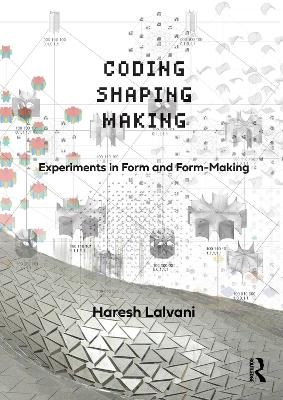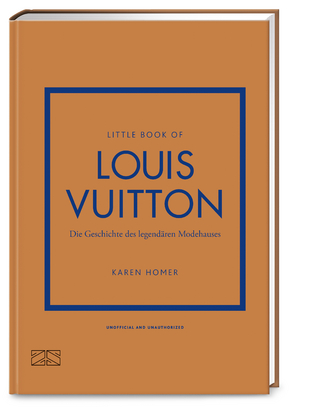
Coding, Shaping, Making
Routledge (Verlag)
978-0-367-63880-1 (ISBN)
Coding, Shaping, Making combines inspiration from architecture, mathematics, biology, chemistry, physics and computation to look towards the future of architecture, design and art. It presents ongoing experiments in the search for fundamental principles of form and form-making in nature so that we can better inform our own built environment.
In the coming decades, matter will become encoded with shape information so that it shapes itself, as happens in biology. Physical objects, shaped by forces as well, will begin to design themselves based on information encoded in matter they are made of. This knowledge will be scaled and trickled up to architecture. Consequently, architecture will begin to design itself and the role of the architect will need redefining. This heavily illustrated book highlights Haresh Lalvani’s efforts towards this speculative future through experiments in form and form-making, including his work in developing a new approach to shape‐coding, exploring higher‐dimensional geometry for designing physical structures and organizing form in higher-dimensional diagrams. Taking an in-depth look at Lalvani’s pioneering experiments of mass customization in industrial products in architecture, combined with his idea of a form continuum, this book argues for the need for integration of coding, shaping and making in future technologies into one seamless process.
Drawing together decades of research, this book will be a thought-provoking read for architecture professionals and students, especially those interested in the future of the discipline as it relates to mathematics, science, technology and art. It will also interest those in the latter fields for its broader implications.
Haresh Lalvani is a tenured professor of Architecture at Pratt Institute. Known worldwide for his morphological, structural, and design innovations, Lalvani holds a Ph.D. in Architecture from the University of Pennsylvania. He has worked at NASA-Langley Research Center, Computer Graphics Laboratory, NYIT, Tata Institute of Fundamental Research (Mumbai) and was an artist-in residence at the Cathedral of St. John the Divine, New York. His work is in the permanent design collection of the Museum of Modern Art, New York, and his sculptures are installed in New York City.
1. Meta-Architecture 2. Genomic Architecture 3. The Milgo Experiment: An Interview with Haresh Lalvani 4. The Pattern Continuum: Mass Customization of Emergent Designs 5. Form Follows Force: The Epigenetic Continuum 6. Self-Shaping: Form is Process 7. Hyper-Architecture: Hyperstructures, Hyperspaces, Hypersurfaces 8. Morphoverse: And The Universal Morph Tool Kit 9. Abiogenesis and Future of Architecture Acknowledgments Index
| Erscheinungsdatum | 12.01.2023 |
|---|---|
| Zusatzinfo | 200 Halftones, color; 200 Illustrations, color |
| Verlagsort | London |
| Sprache | englisch |
| Maße | 178 x 254 mm |
| Gewicht | 1140 g |
| Themenwelt | Kunst / Musik / Theater ► Design / Innenarchitektur / Mode |
| Naturwissenschaften ► Biologie | |
| Technik ► Architektur | |
| Technik ► Maschinenbau | |
| ISBN-10 | 0-367-63880-0 / 0367638800 |
| ISBN-13 | 978-0-367-63880-1 / 9780367638801 |
| Zustand | Neuware |
| Informationen gemäß Produktsicherheitsverordnung (GPSR) | |
| Haben Sie eine Frage zum Produkt? |
aus dem Bereich


